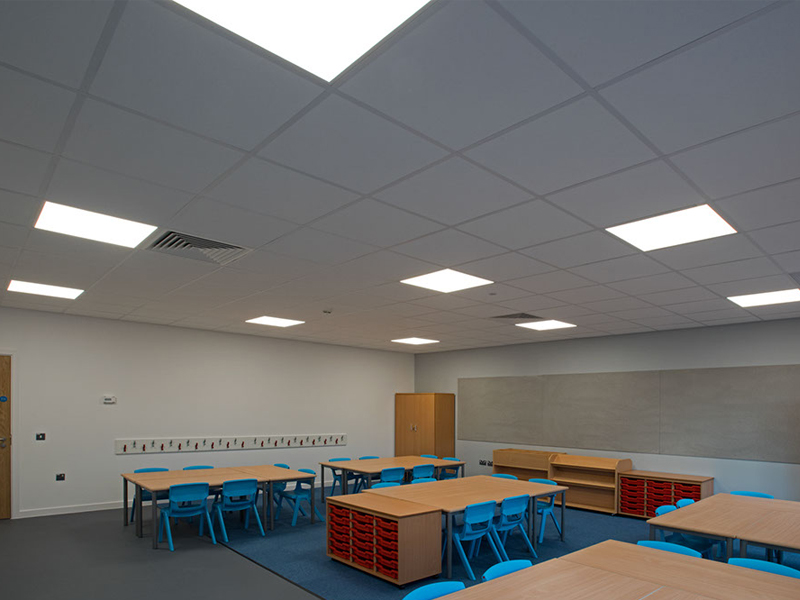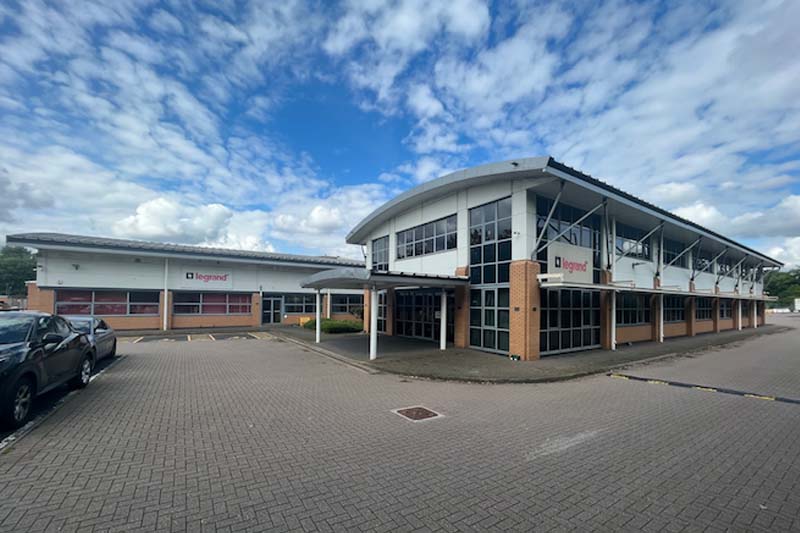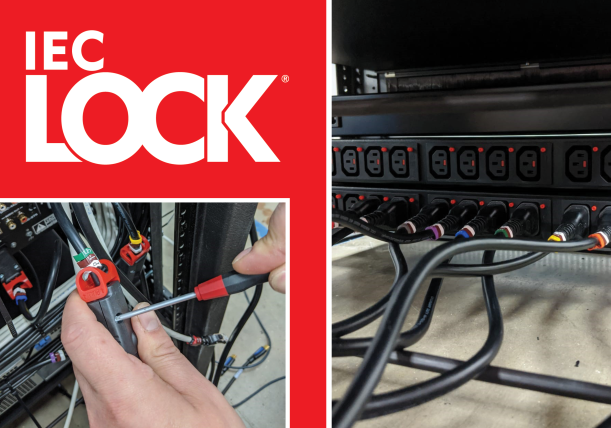As class sizes reach all-time highs and budgets keep shrinking, Martyn Frear, Business Development Manager at CP Electronics, explains why modular buildings and lighting controls can ease the squeeze on schools and education.
There were 66,000 more children in the nation’s schools in June 2018, compared to the same point in the year prior. The increase is undoubtedly influencing learning. A BBC Yorkshire investigation found then thirteen-year-old Silas Ennis commenting that: “It’s difficult to learn because there’s so many people around you, so you’re not focusing as much on the lesson.” (BBC News, 2017).
Funds are clearly an issue. While new funds might not magically appear any time soon though, there is the prospect that money, more classrooms and learning facilities, can be made through a growing source – modular buildings and modular lighting controls.
Going modular
Modular construction is not new, but it has recently taken off as more and more clients turn to it for quicker construction and real benefits in time and cost savings.
Rather than having materials and hundreds of staff on a construction site, sections of buildings are instead constructed off site in factories and then delivered for assembly and installation. This then mitigates traditional construction issues such as delays in materials and poor weather that ultimately produce higher costs.
Lighting controls included
Every part of a modular building needs to come together seamlessly in as quick a timeframe as possible, and this includes the lighting controls.
To this end, plug and play modular lighting controls have been developed specifically for this purpose. These controls include the Vitesse Modular standard & dimming versions which can adapt and grow from 2-way to 16-way by simply adding extender modules. The Vitesse Plus 7 also can be easily configured to take into account the complexity of classroom control requirements, with onboard programmes numbering 90 different configurations from a single standard LCM.
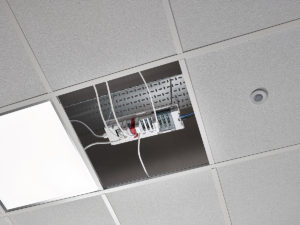
A different class
Designing lighting and lighting controls for educational buildings, particularly schools, is a different animal altogether when compared with sectors like healthcare and commercial, for obvious reasons. Below is a brief guide to how your customer should approach at a educational facility.
- It is imperative that contractors follow the guidance from CIBSE (The Chartered Institution of Building Services Engineers) and the ESFA (Education and Skills Funding Agency).
- The latest guidance produced by ESFA is outlined in their ‘Output Specification 2017’ document, which replaced the previous ‘Facilities Output Specification’ (FOS). For electrical engineers particularly, ‘Technical Annex 2E: Daylight and Electric Lighting’ is the guidance that should be adhered to.
- The common requirement is that lighting controls must now be automatic to all spaces in order to facilitate control of the visual environment and energy savings. Control devices are to be simple and intuitive too.
- Additionally, schools should make the most use of natural daylight as much as possible, to increase energy savings.
There are other considerations too, dependent on the space in question. Balancing this performance criteria may seem tricky, however, modular lighting controls are designed to accommodate these demands.
The Vitesse Modular can handle the general areas requirements and be specified in four-pole or six-pole connections for auto-on/off switching or dimming, and its ‘plug and play’ design ensures a quick, hassle-free installation. Meanwhile, the Vitesse Plus 7 with pre-designed control schemes can accommodate more complex classroom requirements of graduated dimming in rows adjacent to windows and the interactive whiteboard control.
A single source
One of the biggest challenges of the construction market is that the supply chain is traditionally long and fragmented. With many suppliers, this can cause delays as information is sought and clarified, thus pushing up costs.
To avoid unnecessary complexities, it is always good practice to work with a single manufacturer where possible. This then ensures that systems can work together as intended, many manufacturers will offer wholesale accounts advise on best practice with its solutions, and installation and commissioning stages are pain-free. This way you offer your customer a point of contact should any problems or questions arise whilst on the job.
Modular buildings can save typically up to 30-50% construction time over traditional bricks and mortar. As it continues in its popularity, it’s well worth wholesalers making sure they understand how modular lighting controls work in tandem with this construction method, in order to offer a reliable, compatible system to their customer.
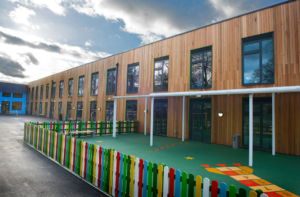
Company focus:
Legrand is the global specialist in electrical and digital building infrastructures, with facilities in almost 90 countries and products sold in nearly 180 countries around the world.
Legrand began manufacturing in the UK in 1980, and today has three core competencies – mechanical, electrical and electronic. Around 85% of products sold by the UK subsidiary are manufactured within the UK and over 50% of its products now feature an electronic/digital element.
In the UK, the business is organised into the following specialist business units: Assisted Living and Healthcare, Cable Management, Data Centres, Energy Controls, Power Distribution and Wiring Devices.
For more about CP Electronics and modular lighting controls, please visit: www.rdr.link/WH013

